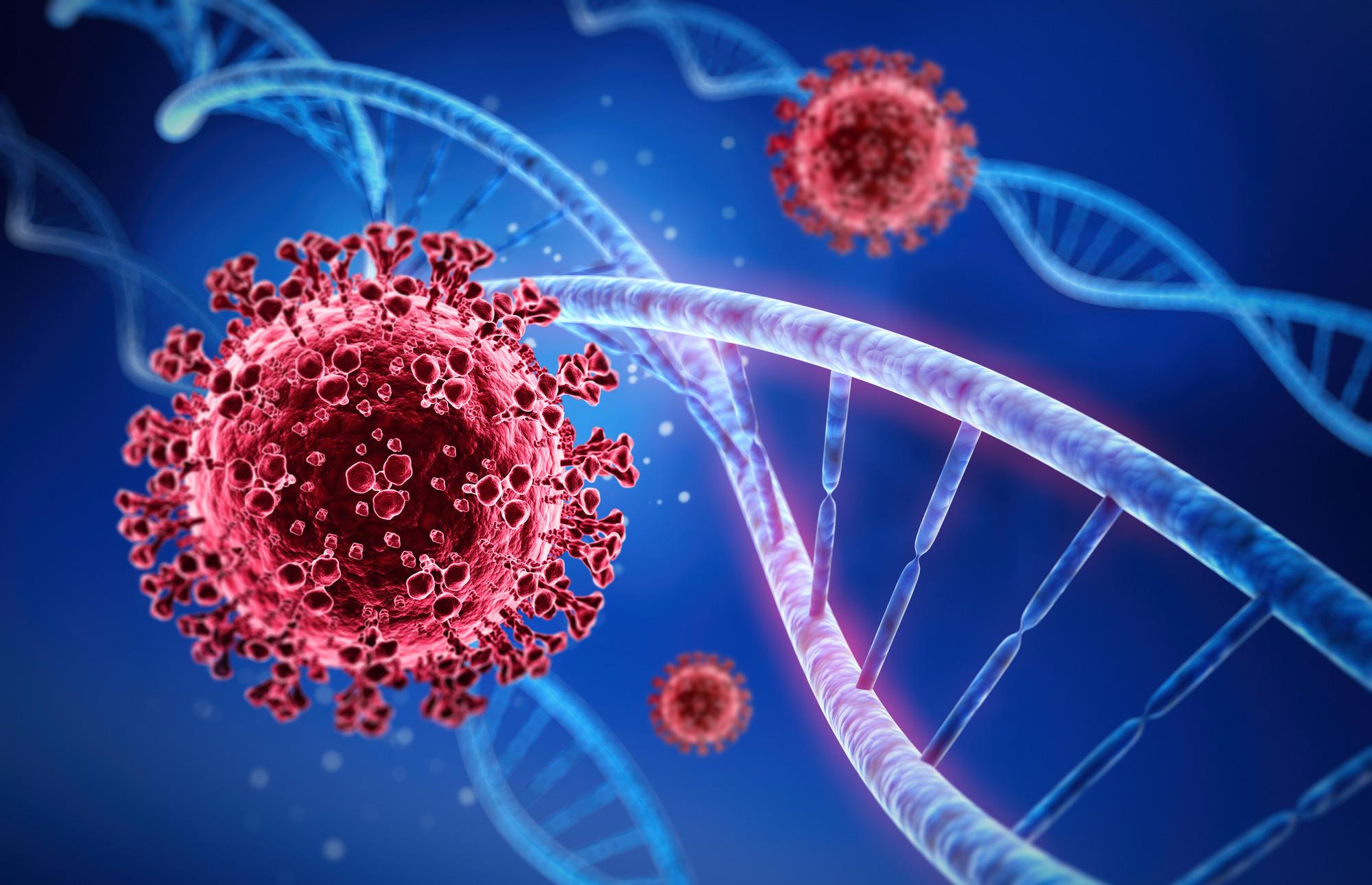PCR as a Bioanalytical Tool for Gene and Cell Therapy
The third and final blog in our cell and gene therapy series will focus on PCR as a bioanalytical tool for gene and cell therapy. Be sure to read our first blog on bioanalytical support for gene therapy programs and the second blog on the safety and efficacy testing of cell therapies.
Prevalence of PCR in Bioanalysis
Polymerase Chain Reaction (PCR) is a laboratory method for detecting and quantitating molecular material (DNA or RNA). Although this analytical technique has been in use since the early 1980’s, PCR has recently become a method of choice for specific endpoints in regulated bioanalytical laboratories. More specifically, quantitative PCR (qPCR) and digital PCR (dPCR) are two methods that have emerged as being uniquely suited for preclinical and clinical gene and cell therapy bioanalysis. The application of PCR to the bioanalytical strategies for these types of drug programs is reviewed below.
Introduction to Gene and Cell Therapy
Gene therapies are gene editing tools which act to modify a disease condition at the genetic level by delivering a functional copy of a gene to replace a disease-causing gene or by eliminating the expression of a gene that leads to a disease state. In vivo gene therapies utilize a delivery system or vector to transfer healthy gene copies (transgenes) to the target cells in the patient. Ex vivo gene therapy is the modification of cells outside of the body and then subsequent administration of the altered cells to the patient. These modified cells can be isolated from the patient (autologous) or can be of non-self origin (allogeneic) and have been altered to perform a specific function after administration that reverses or prevents a disease phenotype.
Adoptive cell therapies are a class of therapeutics which include tumor-infiltrating lymphocytes (TILs), T-cell receptor (TCR) therapies, and chimeric antigen receptor (CAR) therapies. These are modified immune cells which can be engineered to express surface proteins that allow the cells to target specific disease-causing cells or tissues, and which implement a therapeutic activity, such as tumor cell killing, at the intended site. Cell therapies have broad applications for treating oncology, autoimmunity, and other disease conditions.
Bioanalytical Testing for Gene and Cell Therapy Programs
Drug development for gene and cell therapeutics requires a number of unique considerations for monitoring safety and efficacy. For example, gene therapies require that the vector be tracked after administration to determine the tissues or sites where this therapeutic localizes and persists. This is called biodistribution and typically occurs during preclinical animal testing by using a PCR method to detect vector or transgene sequences in various biofluid and tissue samples. Reverse transcription (RT)-PCR can be employed to assess the distribution, level and persistence of transgene expression for gene therapy products. PCR can also be used to determine the copy number, or number of inserted transgene sequences, in an animal or patient sample after administration of the drug.
For cell therapy products, the modified cells must be fully characterized as part of the manufacturing process. This may include the use of PCR for determining the copy number for the inserted genes. For cells that have been altered using lentiviral tools, PCR can be used to detect any residual lentivirus in the final drug product. Cell therapies are viable cells, and, in some cases, they can divide inside the body after administration and persist for many months or years. The PK profile of these therapeutics is termed cellular kinetics which is a multiphasic event that includes distribution, expansion, contraction, and persistence phases. Cellular kinetics can be quantified using two main bioanalytical techniques, PCR and flow cytometry.
BioAgilytix’s Expertise in Gene and Cell Therapy
The growing prevalence of gene and cell therapies in the preclinical and clinical space has necessitated the use of molecular techniques such as PCR in the bioanalytical setting. As these are methodologies that have not been traditionally employed in regulated bioanalysis, there exists a gap between the expectation for use of these methodologies to generate critical data for regulatory submissions and the lack of comprehensive agency guidance on the method development, validation, and life cycle management of qPCR and dPCR assays. Selecting a bioanalytical partner that is experienced in the use of molecular techniques including PCR, is therefore a critical part of designing a successful drug program.
At BioAgilytix, we have made significant investments into our molecular capabilities and expertise. We strive to be at the forefront of implementation of PCR platforms from publishing white papers on best practices (Hays et al., 2022; Hays et al., 2023) and leading industry working groups to engaging directly with regulatory agencies during our bioanalytical programs supporting the development of cell and gene therapies for our sponsors. As of 2023, we have supported over 200 gene therapy programs and more than 80 cell therapy programs across both preclinical and clinical stages. Our molecular experts are leading the industry through participation in working groups and publication of white papers to establish and harmonize expectations for these platforms. We are ready to partner with you to provide the tailored, regulated and non-regulated bioanalytical support you need for your gene and cell therapy programs today.
References
- Hays A, Islam R, Matys K, Williams D. Best Practices in qPCR and dPCR Validation in Regulated Bioanalytical Laboratories. AAPS J. 2022 Feb 22;24(2):36. doi: 10.1208/s12248-022-00686-1. Erratum in: AAPS J. 2022 Apr 19;24(3):55. PMID: 35194700. https://pubmed.ncbi.nlm.nih.gov/35194700//
- Hays A, Durham J, Gullick B, Rudemiller N, Schneider T. Bioanalytical Assay Strategies and Considerations for Measuring Cellular Kinetics. Int J Mol Sci. 2023 Jan;24(1):695. doi: 10.3390/ijms24010695. PMID: 36614138; PMCID: PMC9820866. https://www.ncbi.nlm.nih.gov/pmc/articles/PMC9820866/
- https://www.frontiersin.org/articles/10.3389/fgeed.2021.618346/full#:~:text=There%20are%20basically%20three%20types,in%20vivo%2C%20and%20in%20situ.
